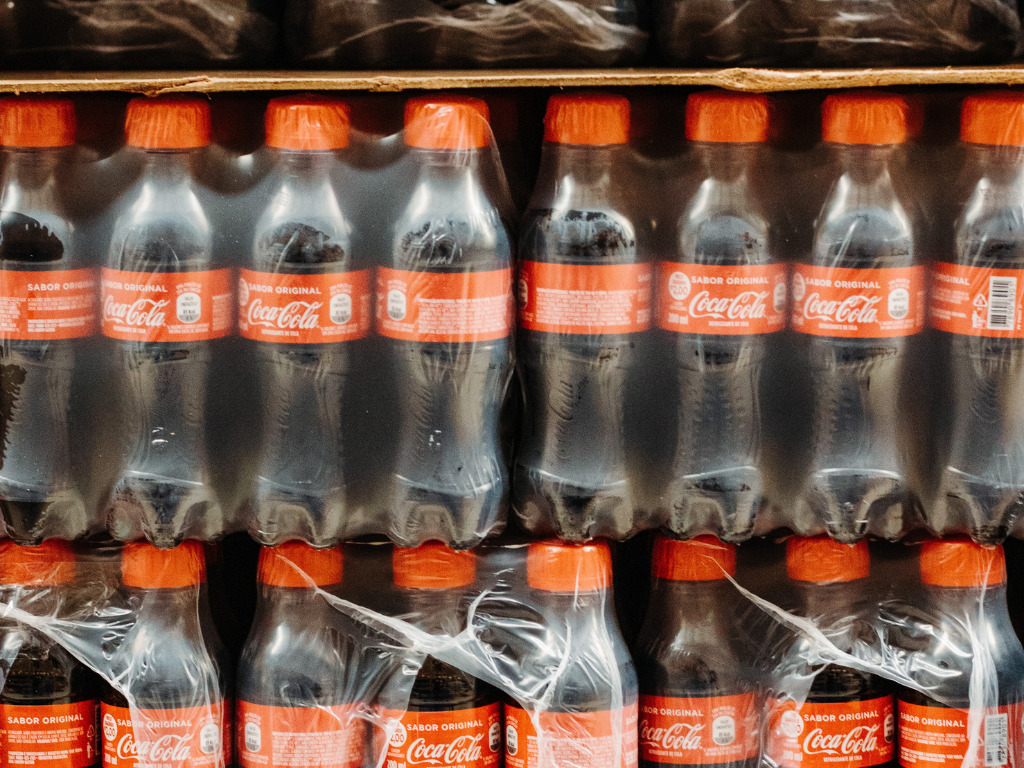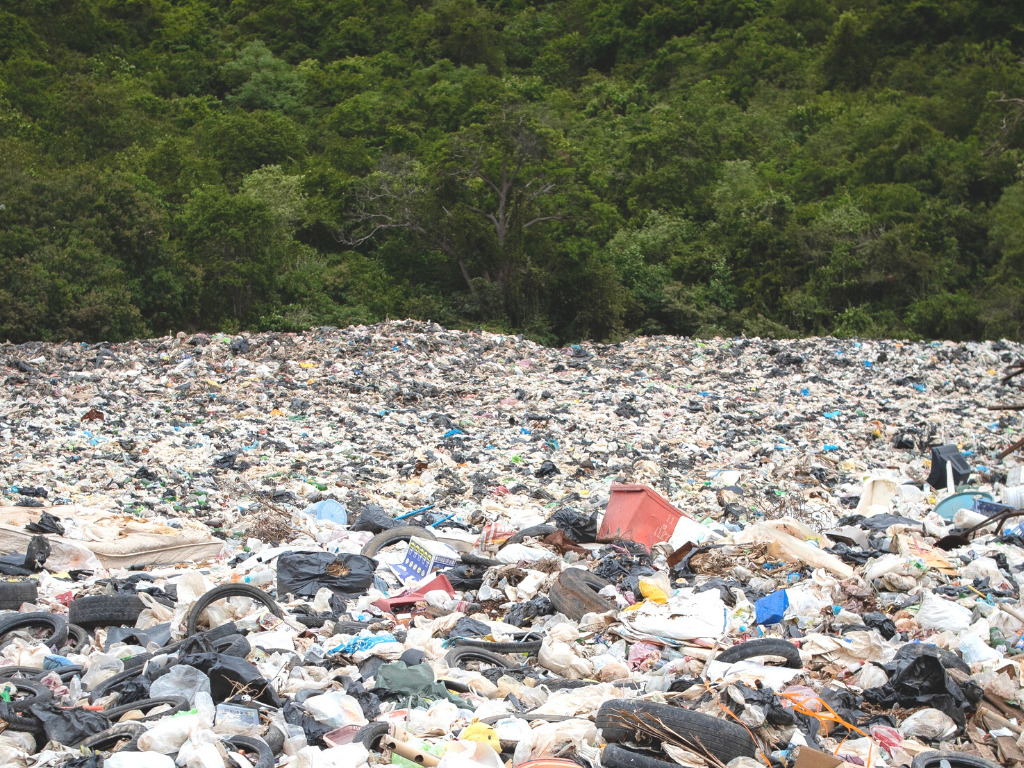4 Mins Read
There’s too much plastic on the planet, says a new study released by the Stockholm Resilience Centre, and urgent action is needed to prevent an ecological disaster, the researchers warn.
In the first study of its kind, researchers with the Stockholm Resilience Centre say the amount of plastic and man-made chemicals on the planet now exceeds safe limits for humans and the planet. It’s the first research of its kind to make such a claim.
According to the research, there are more than 350,000 different types of chemicals on the market—they’re in virtually every industry from agricultural crops to cars and technology, and in personal care products, home furnishings, and more.
The scientists warn that too many of these chemicals are winding up in the environment, waterways, and our bodies, posing environmental and health risks at large scales.
“The impacts that we’re starting to see today are large enough to be impacting crucial functions of planet Earth and its systems”, Bethanie Carney Almroth, co-author of a new study told AFP in an interview.
The research comes as the UN prepares for a plastic pollution meeting taking place in Nairobi later this month.
Too many chemicals
The report says efforts to recycle plastic and some industrial chemicals have not been successful enough. Less than ten percent of all plastic on the planet is recycled. That’s despite the production of plastic doubling since 2020 to nearly 400 million tons per year. It’s more than four times the biomass of all living animals, the researchers say.
Much of the developing world lacks proper recycling systems, all while the world’s richest nations ship their plastic waste to many of these regions and bring new plastic products to developing markets.

“What we’re trying to say is that maybe we have to say, ‘Enough is enough’. Maybe we can’t tolerate more,” Carney Almroth, the Sweden-based researcher behind the data, told Agence France Press.
“Maybe we have to put a cap on production. Maybe we need to say, ‘We can’t produce more than this’.”
The findings come after years of research into what the Stockholm Resilience Centre calls “planetary boundaries” across nine areas that directly affect the planet’s stability. These areas include greenhouse gas emissions as well as the health of the ozone layer and the planet’s freshwater sources.
According to the findings, the impact of these man-made chemicals and products including plastics, antibiotics, pesticides, and non-natural metals have long been in question. The researchers say they’ve got some pretty clear answers about the impact of the hundreds of thousands of chemicals.
Long-term chemical impact
“We are only beginning to understand the large-scale, long-term effects of these exposures,” Carney Almroth said.
“And we’re talking about 350,000 different substances,’ Carney Almroth said. The researchers say even extensive databases such as the EU’s REACH Inventory doesn’t even cover half of the chemicals.
Part of the problem over the last half-century is that many of the chemicals and their uses have been protected as proprietary trade secrets, keeping consumers and the scientific community in the dark about their impact.
“We know what some of them are. For most of them, we have no clue,” Carney Almroth says.
“We don’t have knowledge on the vast majority of those, in terms of how much are produced or their stability. Or their fate in the environment or their toxicity.”

Despite the gaps, the researchers say what’s clear is the risk factors are evident.
“Looking at changes over time and trends in production volumes lost in the environment … and connecting that to the little bit we do know about impacts, we could say that every arrow is pointing in the wrong direction”, Carney Almroth said.
The researchers say “urgent and ambitious” actions are needed at international levels to curb the chemicals and move the planet toward more sustainable solutions.
“No one answer is going to solve all of this, because a lot of these chemicals and materials are things that we use and that are necessary for our lives as of right now,” she said.
“This seems very obvious to say but it’s only recently accepted as truth: The more you produce, the more you release”.
Photo by Leonid Danilov from Pexels



